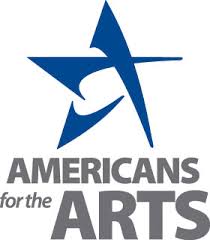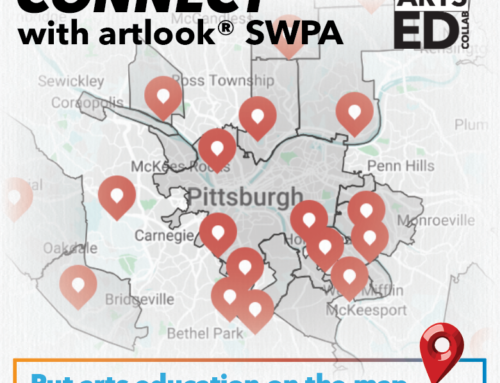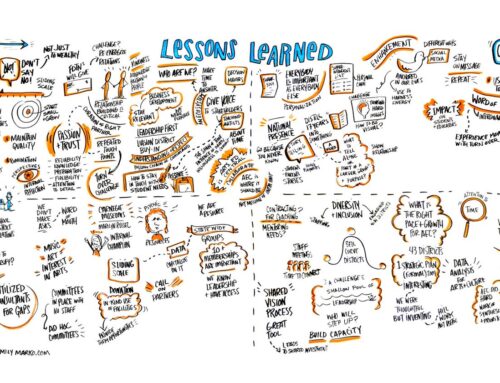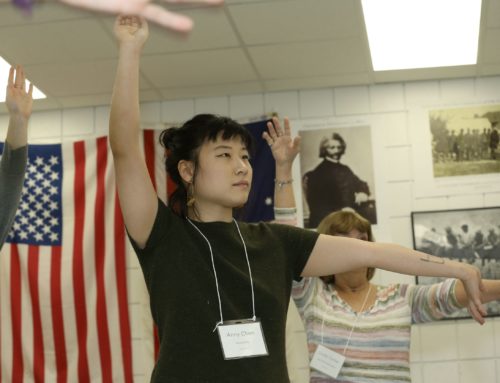Americans for the Arts Releases Memo on U.S. Department of Education Guidance

MEMO
To: State & Local Arts Education Leaders
From: Narric Rome
VP, Government Affairs & Arts Education
Date: October 21, 2016
Re: New Arts Support in Well-Rounded Education and Pre-K Guidance on ESSA
This memo is part of a series to state and local arts education leaders providing updates on federal and state implementation of the Every Student Succeeds Act (ESSA) which contain a dozen provisions impacting arts education. Previously shared policy materials are online here.
Today, the U.S. Department of Education (USED) is releasing guidance relating to a new federal program titled, “Student Support and Academic Enrichment Grant Program.” This new program was included in the December 2015 passage of the Every Student Succeeds Act (ESSA).
Earlier this week, the U.S. Department of Education also released new guidance relating to early learning and Pre-K education programs, similarly given new authority through the ESSA legislation.
The release of both of these documents completes a multi-year federal advocacy cycle by the arts education sector and demonstrates the value of advocating for federal changes that can substantially improve state and local arts education opportunities.
New Academic Enrichment Program Guidance, Includes the Arts
One of the positive outcomes from our sector’s advocacy during consideration of the ESSA legislation was to increase the funding support for arts education beyond the small dedicated Arts In Education grant program that was included in the 2002 No Child Left Behind Act – and this “Non-Regulatory Guidance” (common among federal agency because it is less directive than formal regulations) includes the following arts education-related items:
- There is increased access to funding for well-rounded educational opportunities for underserved students to provide music and the arts. ESSA authorized up to $1.65 billion for the overall program, although Congress hasn’t finalized the FY 2017 appropriations amount yet, which is projected to be somewhere in the $500 million range for its first year of funding.
- Thanks to language inserted into the Senate education bill by Americans for the Arts and others, the guidance names (p.20), for the first time, dance, media arts, theater and visual arts, in addition to “music and the arts” as eligible uses – which will be appreciated by organizations serving each of those disciplines.
- We also see the new STEAM provisions championed during ESSA negotiations by U.S. Rep. Suzanne Bonamici (D-OR) taking hold in this guidance (p.20) as the STEM section references “integrating other academic subjects such as the arts into STEM curricula”. The “Spotlighted” STEM example provided, should be noted, is a STEAM example.
- As a source of evidence-based research to support arts education interventions, the guidance recommends ArtsEdSearch, administered by the Arts Education Partnership.
The New Federal Academic Enrichment Program Guidance online
New Early Learning Guidance, Includes the Arts
In recent years, states have been moving towards a stronger continuum of learning from preschool through early elementary school to improve student outcomes. ESSA now helps to further bolster this work, since, for the first time, ESSA also provides authorization for Preschool Development Grants. Some states have already undertaken significant efforts in this regard, such as aligning early learning guidelines and K–12 standards. Previous early learning legislation already set states on a path to craft developmental guidelines that describe what all children from birth to kindergarten entry should know and be able to do across multiple domains of learning. According the guidance “Multiple domains of learning include language and literacy development; cognition and general knowledge (including early mathematics and early scientific development); approaches toward learning (including the utilization of the arts); physical well-being and motor development (including adaptive skills); and social and emotional development.” [emphasis added]
The New Federal Early Learning Guidance online: http://bit.ly/2eLALlN
Next Steps
Both of these publications from the U.S. Department of Education represent a substantial step in passing along new policy established by ESSA, to state education departments and ultimately school districts. With these guidelines in hand, arts education leaders can advocate for full implementation of the arts education program support both in the classroom, and with community arts partners. The guidelines, like the ESSA law, can be expected to remain in place for far beyond the five years of authorization.
The Academic Enrichment grants will supplement initiatives that improve access to arts instruction and STEAM. These opportunities will be best accessed when arts education leaders participate in local decision-making as a stakeholder in coordination with school district leadership.
The Early Learning guidelines represent new direction in a policy area that has seen substantial growth in communities across the country. Based on leveraging social-emotional learning research, the arts are integral to providing high-quality early learning programs where the achievement gains are largest for children from low-income families and others who have been traditionally underserved. Arts providers should recognize this publication as guidance towards long-term engagements with early childhood education programs.
Still expected from USED are the final implementation rules relating to state accountability plans. These rules, expected by the end of 2016, will allow states to file plans in the spring and summer of 2017 and will be critical to boosting arts education policy options at the state level.






